New Sustainable Energy Factbook shows 2020 was ‘blockbuster’ year for renewables in America
Renewable Energy World
FEBRUARY 18, 2021
The ninth edition of the Sustainable Energy in America Factbook tells the story of American energy efficiency, natural gas and renewable energy in a volatile year. Figure 2 shows that natural gas and renewable generation continued to expand their share of the resource mix. Natural gas remained the largest source of U.S.


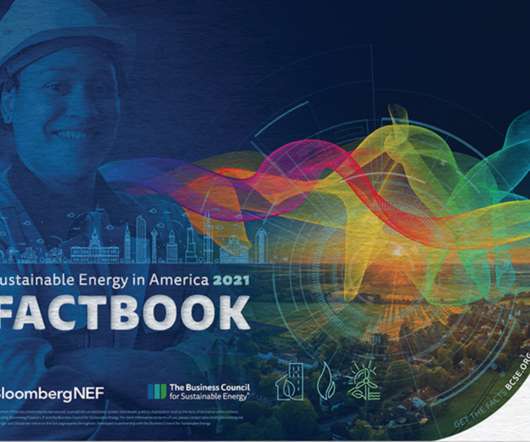

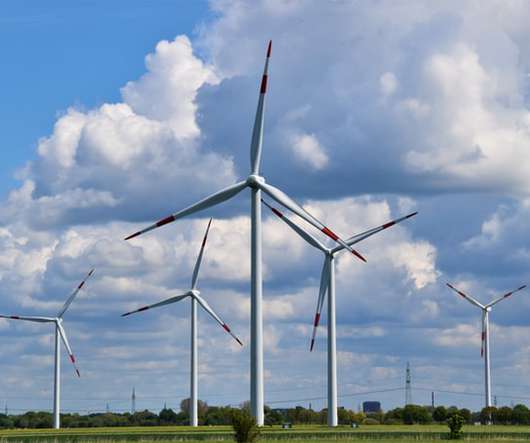
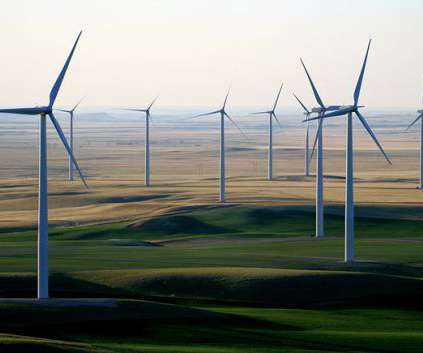
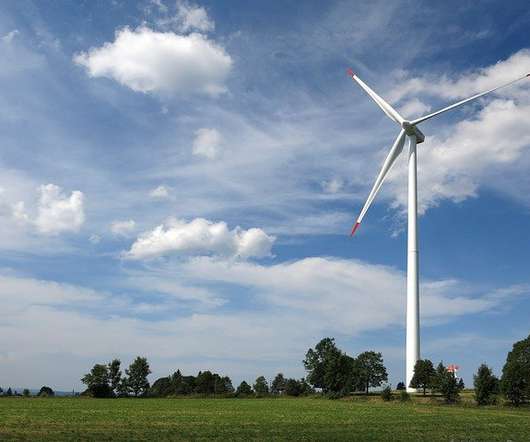
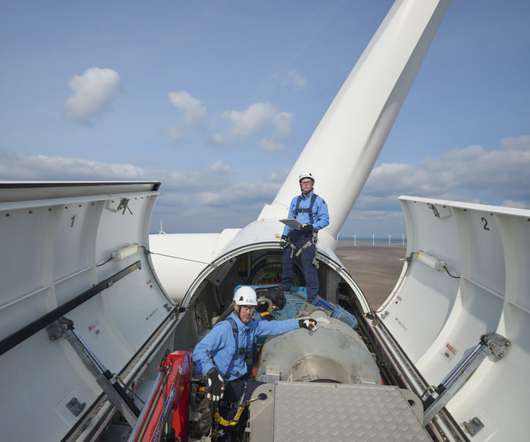
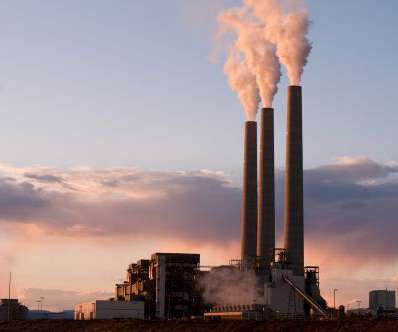








Let's personalize your content